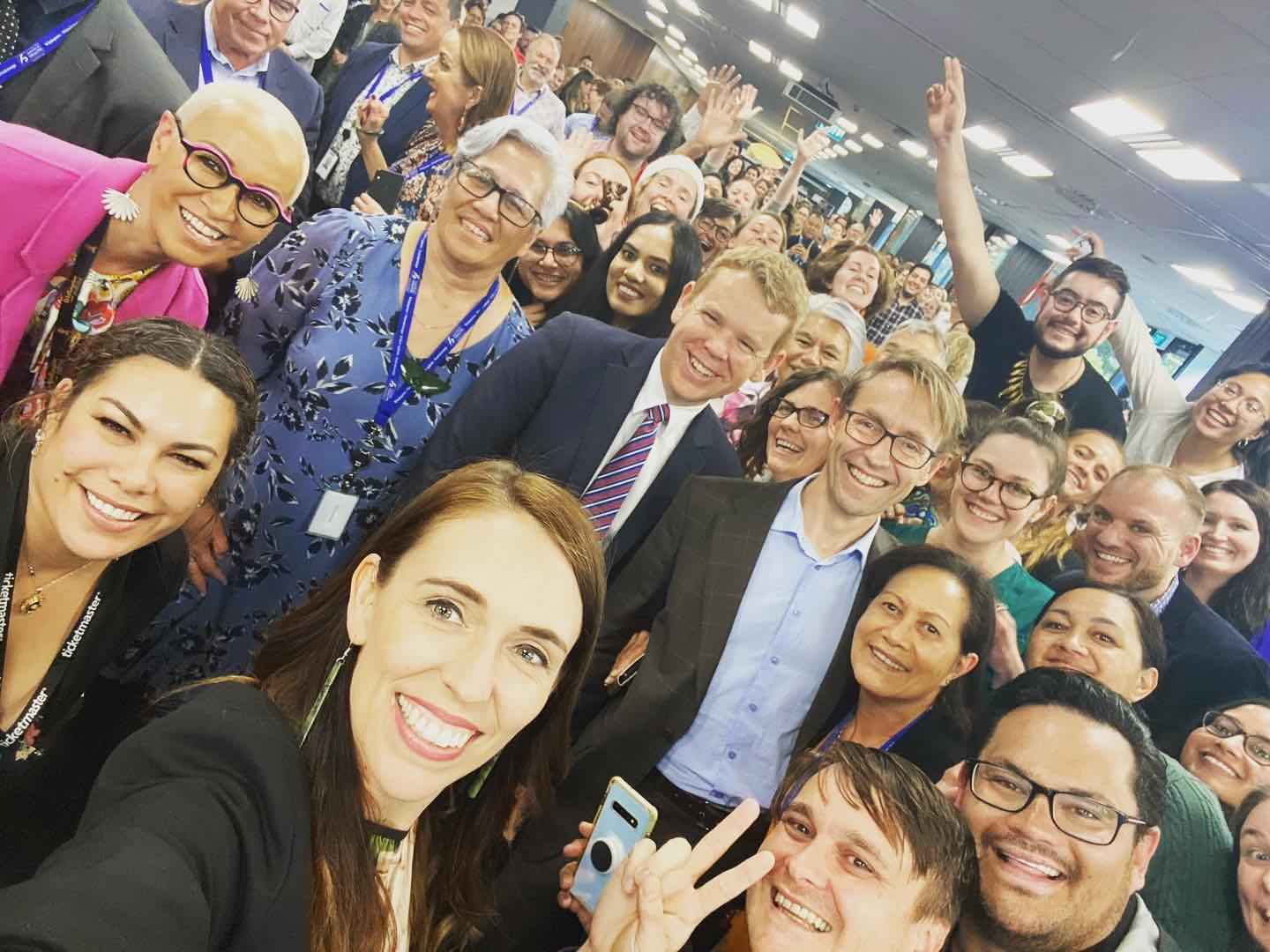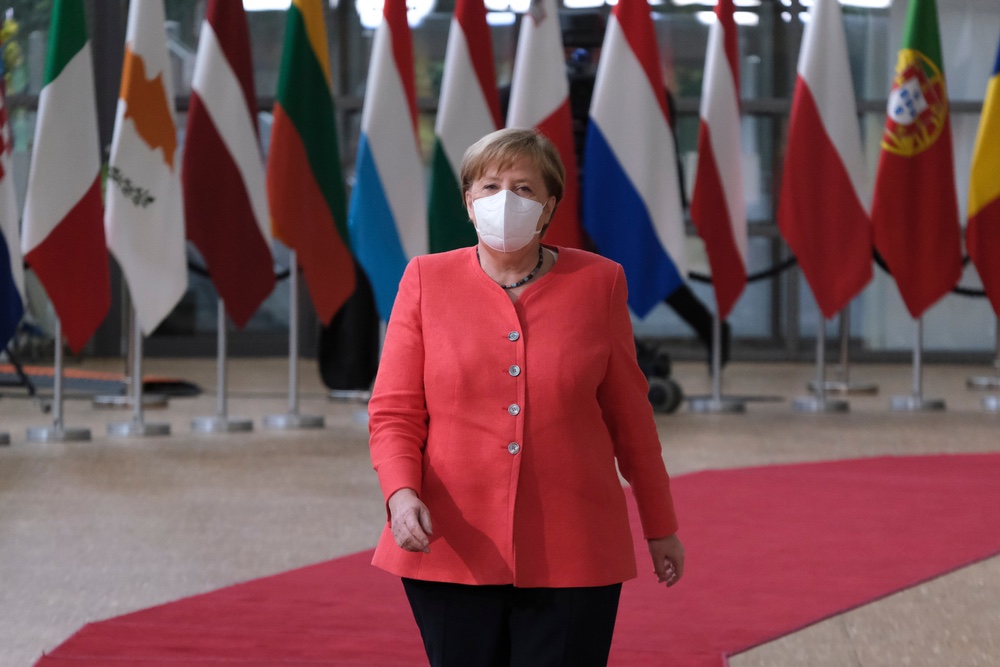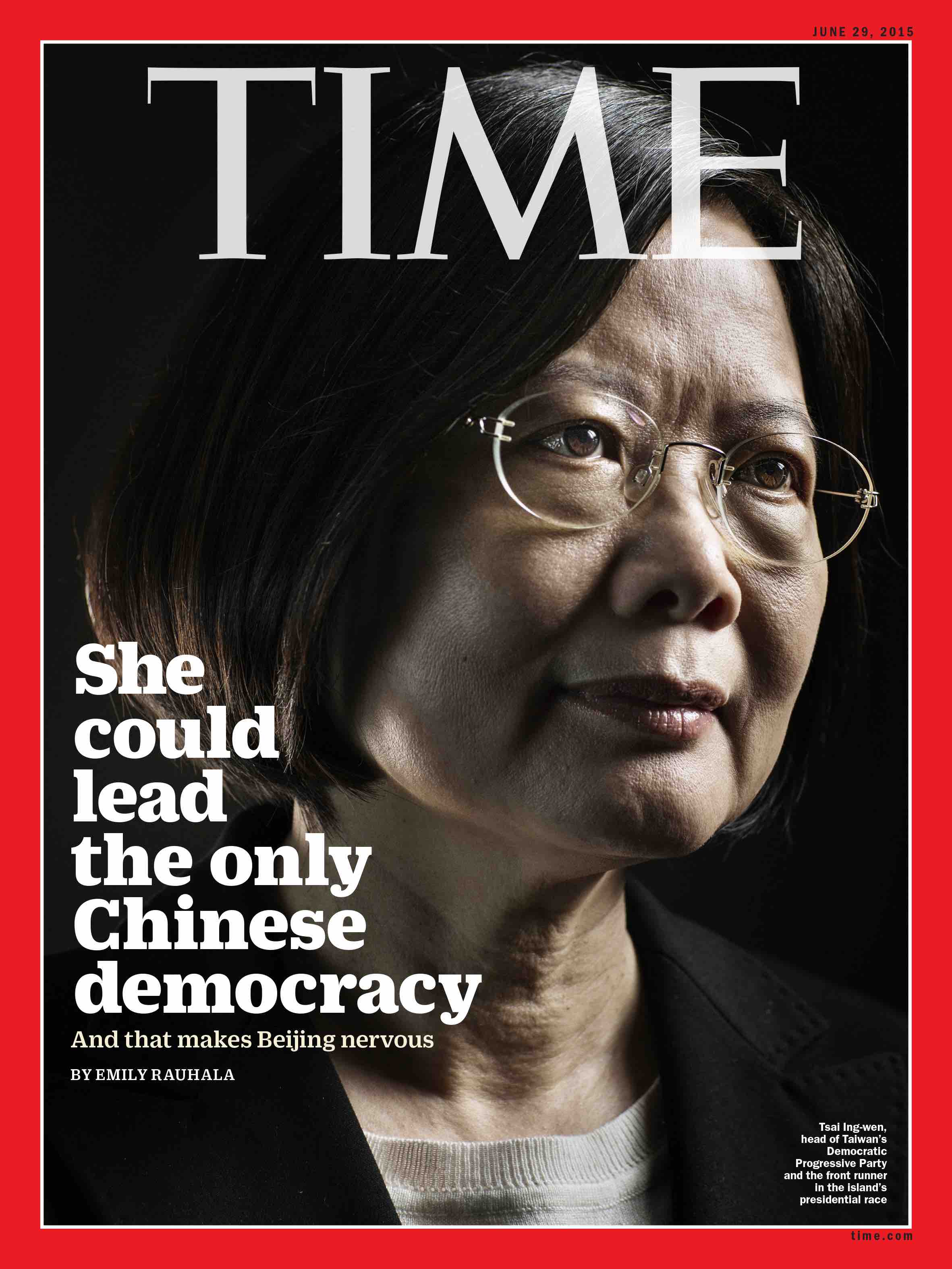World leaders and their COVID-19 responses: Tops and flops
In 2020 the world gave the heads of governments not just a surprise quiz but a full-on board exam that tested their crisis management skills, their governance style and, more importantly, their heft as leaders with exemplary character and clarity of vision.
“The world is facing an unprecedented test,” United Nations Secretary-General Antonio Guterres said in April. “And this is the moment of truth.”
The test? COVID-19.
Eight months later, the results are in.
The truth? A handful passed with flying colors, effectively containing the virus in their countries in a timely manner with dignity and integrity to spare, while several were exposed for their incompetence and impertinence.
Who are the real deal who topped and the posers who flopped?
TOPS
Jacinda Ardern, prime minister, New Zealand

With her government’s quick and decisive actions, New Zealand has avoided the mass infections and deaths that have devastated many other parts of the world.
How swift? The country imposed a travel ban on foreigners coming from or via China starting Feb. 3, just one day after the first confirmed COVID-19 fatality outside China was reported (a 44-year old Wuhan resident who travelled to the Philippines).
At this point there were no reported cases in New Zealand yet. The country then closed its borders to all foreign travelers, and made people returning to the country from abroad quarantine for 14 days, beginning mid-March.
We must go hard and we must go early.
“We must go hard and we must go early,” Ardern said in a message to announce the move. Full lockdown measures were introduced 10 days later and they proved so effective that they were slowly eased just less than two months later and by June all social and economic restrictions were lifted. Also key to this success was New Zealand’s testing rate, which was one of the highest per capita in the world.
As of Dec. 23, the country of five million has recorded only a little over 2,128 total cases and 25 deaths. All these tough measures would’ve probably gone down as hard pills to swallow for a nation that’s rather isolated had the 40-year-old prime minister not delivered them with warmth and empathy.

Ardern had already won the world’s admiration when she became the first head of government to have a baby while in office in 2018, especially when she brought her three-month-old baby to a working meeting at the United Nations. She took it one step further during the pandemic when she, as the New York Times reported in March, “addressed the nation via a casual Facebook Live session she conducted on her phone after putting her toddler to bed. Dressed in a cozy-looking sweatshirt, she empathized with citizens’ anxieties and offered apologies to anyone who was startled or alarmed by the emergency alert that announced the lockdown order.”
Ardern’s masterful handling of the Covid-19 has led to her resounding re-election in October.
Angela Merkel, chancellor, Germany

Germany is being considered an “anomaly” in the COVID -19 landscape: it has had one of the highest numbers of coronavirus cases in Europe but the percentage of deaths has been relatively low compared to those in many neighboring countries.
This has been attributed to very early proactive action on testing. How early? Some hospitals were already developing test kits in mid-January and by the time clusters of infections started rising in February, the country was well-equipped.
Allow me therefore to say that this is serious. Please also take this seriously.
In a March speech that many lauded, Merkel said, "Allow me therefore to say that this is serious. Please also take this seriously."
By May the country was already conducting as many as 350,000 tests per week. This effectively slowed the spread of the virus by isolating known cases while they were infectious and enabled timely treatment.
Merkel, a 66-year-old scientist by training who has a doctorate in physics, has been front and center, delivering public data-driven addresses that are remarkable for their transparency, clarity, and calmness. In early March she warned Germans in a straightforward manner that 70 percent of the population could potentially contract the virus—in stark contrast to the pronouncements of most politicians who were dismissive of the threat of the pandemic at the time.

Over a month later she held a press conference where she outlined plans for the country to slowly ease out of its lockdown measures after achieving what she called “fragile immediate success.”
This included a portion where she discussed Covid-19 infection and reproduction rates and their impact on the country’s healthcare system in very clear and understandable terms, it quickly went viral worldwide. This combination of objectivity, openness, and caution has been credited for Merkel resonating with the people and thus getting their confidence and cooperation with the government.
Tsai lng-wen, president, Taiwan

Taiwan’s Covid-19 record is largely considered the gold standard in the world. The nation of 23 million people has recorded less than 800 cases and only seven deaths since its first confirmed case on Jan. 21.
The government’s response actually started much earlier. “Last December (2019), when indications of a contagious new respiratory illness began to appear in China, we began monitoring incoming passengers from Wuhan,” lng-wen noted in a piece for Time magazine in April. “In January, we established the Central Epidemic Command Center to handle prevention measures. We introduced travel restrictions, and established quarantine protocols for high-risk travelers.”
Last December (2019), when indications of a contagious new respiratory illness began to appear in China, we began monitoring incoming passengers from Wuhan.
Lng-wen harnessed cooperation between the public and private sectors, with businesses, franchises and apartment communities initiating body-temperature monitoring and disinfection steps to supplement government efforts in public spaces.
Moreover, the government took the very bold step of taking over the production and distribution of medical-grade masks and coordinated additional commercial production lines for surgical masks. This multiplied production capacity from two million to 20 million units a day and enabled the island to ration masks to all of its residents on a regular basis.

Taiwan’s success under lng-wen’s clear-eyed and steady leadership is all the more impressive considering how close the country is to China, where the virus was first found, and that the government had access to information from the World Health Organization, from which it is not recognized as an independent member-state.
And that, unlike most other territories, it was able to contain the spread of Covid-19 without resorting to a nationwide lockdown.
FLOPS
Donald Trump, president, United States of America

The number of baseless, inaccurate, misleading, and false claims that Trump has made about COVID-19 and his government’s response can probably fill one chapter of a book on the history of the pandemic.
Here are just some: “The virus would weaken in warmer weather”; the virus is “going to disappear one day...like a miracle”; 99% of cases are “totally harmless”; children are virtually immune to COVID -19; 85% of people wearing masks catch the virus; America has “developed a testing capacity unmatched and unrivaled anywhere in the world, and it’s not even close”; “I’ve always known this is a real—this is a pandemic. I felt it was a pandemic long before it was called a pandemic. I’ve always viewed it as very serious.”
The virus is going to disappear one day...like a miracle...99% of cases are totally harmless.
And, of course, the very infamous disinfectant suggestion, “I see the disinfectant that knocks it out in a minute, one minute. And is there a way we can do something like that by injection inside or almost a cleaning? As you see, it gets in the lungs, it does a tremendous number on the lungs, so it would be interesting to check that.”
His core response has also been anchored on dodging responsibility and accountability for his administration’s many failures by blaming others like a petulant child, from China and the World Health Organization to Obama and Democrats, the biased media and the human rights and racial justice protesters.
Fortunately, enough American voters saw through his hot air and decided to get the Trump virus out of the White House after just one term.
Andrés Manuel López Obrador, president, Mexico

Much like Trump, Mexican President Andrés Manuel López Obrador has been described as “A narcissist leader who thinks the global coronavirus pandemic is a conspiracy against him. A head of state stubbornly refusing to accept any criticism or take actions other world leaders have embraced to protect their populations. A president slow to recognize the gravity of the situation and quick to downplay it so things can go back to being all about his transformation of his country.”
In March he proclaimed that COVID -19 “won’t do anything to us” and he continued to meet with large crowds of supporters. And just like Trump, he is not a fan of wearing a facemask and has not encouraged people to don the protective gear to help stop the spread of the virus. “You know when I’ll put on a mask? When there is no corruption,” he said in July, sounding totally political.
You know when I’ll put on a mask? When there is no corruption.
He has been very supportive of the country’s coronavirus czar who is not a champion of testing. As such, the country’s COVID response has relied more on respiratory disease information from across the country rather than widespread testing.
Lopez Obrador, who has consistently cited respect for people’s freedoms, has been noted to be slow to order lockdown measures and quick to relax them. This populistic approach has led to the number of confirmed cases in the country rising to 1.14 million as of early December, with over 105,000 deaths, one of the highest in the world.
Rodrigo Duterte, president, The Philippines

Cut out from the same science-poohpoohing cloth as Trump and Obrador, Duterte bungled the response to COVID -19 from the get-go. “Like SARS, I assure you even without the vaccines it will just die a natural death,” he said in early February in one of his first public addresses on the coronavirus.
In the same press conference he also rejected calls to ban the entry of Chinese nationals travelling into the Philippines from the mainland following the first confirmed case in the country a few days prior.
Like SARS, I assure you even without the vaccines it will just die a natural death.
One week later, Duterte pushed his bluster further, cursing the virus during another speech even as he assured the public that the government is on top of the situation and has what it takes to handle the crisis. “We are prepared to handle this public health emergency, in case the worst scenario happens,” he said. “Alam mo, kung hindi natin kaya itong p*tang-inang idioto na corona ito, hinahanap ko eh. Gusto kong sampalin ang gago. (You know, if we can’t defeat this son of a bitch, idiot coronavirus, I’ve been looking for it. I want to slap the idiot.)”
He then went on to contradict himself, claiming that he had warned the country about the serious threat and grave dangers of the virus from the very start and that the country did not have enough funds and resources to fight it.
This kind of flip-flopping has been one of the hallmarks of Duterte’s COVID -19 response and it has exposed him as a poser, the worst kind of traditional politician with no integrity. That the still-ongoing record longest and strictest lockdown in the world has yet to effectively contain the contagion (new daily cases continue to breach the 1,000 mark) in the country after nine full months exposes him as the inutile he is.


